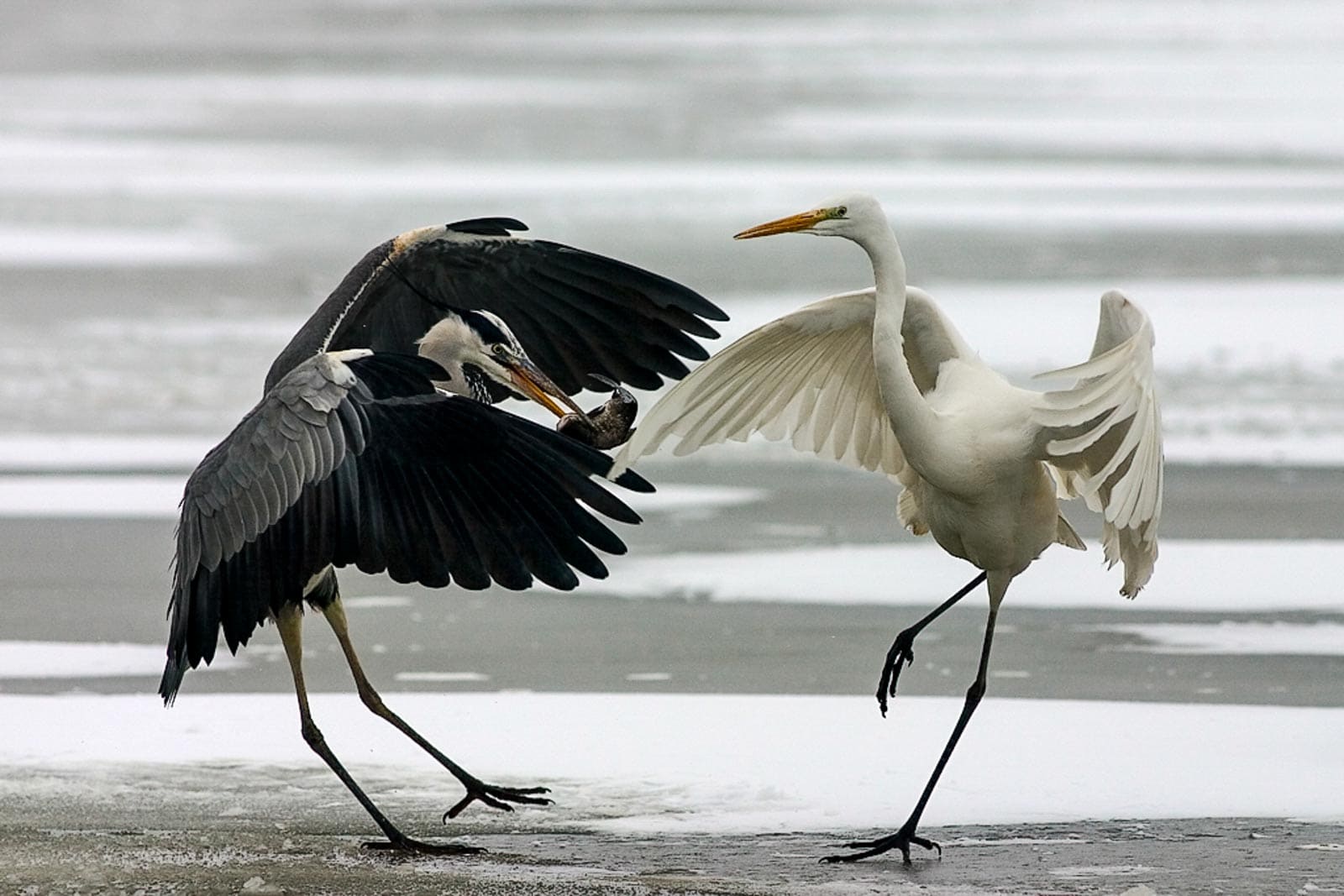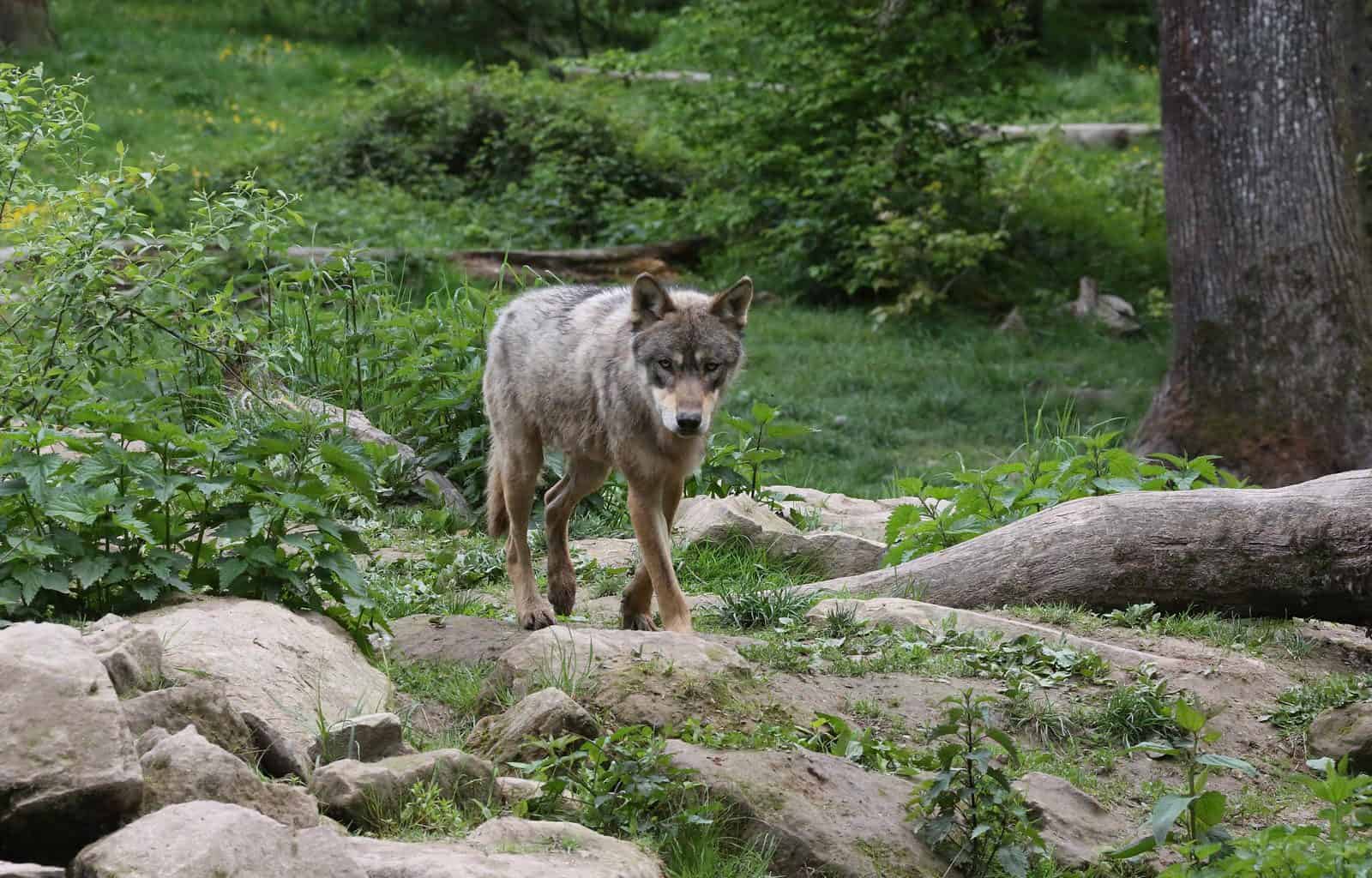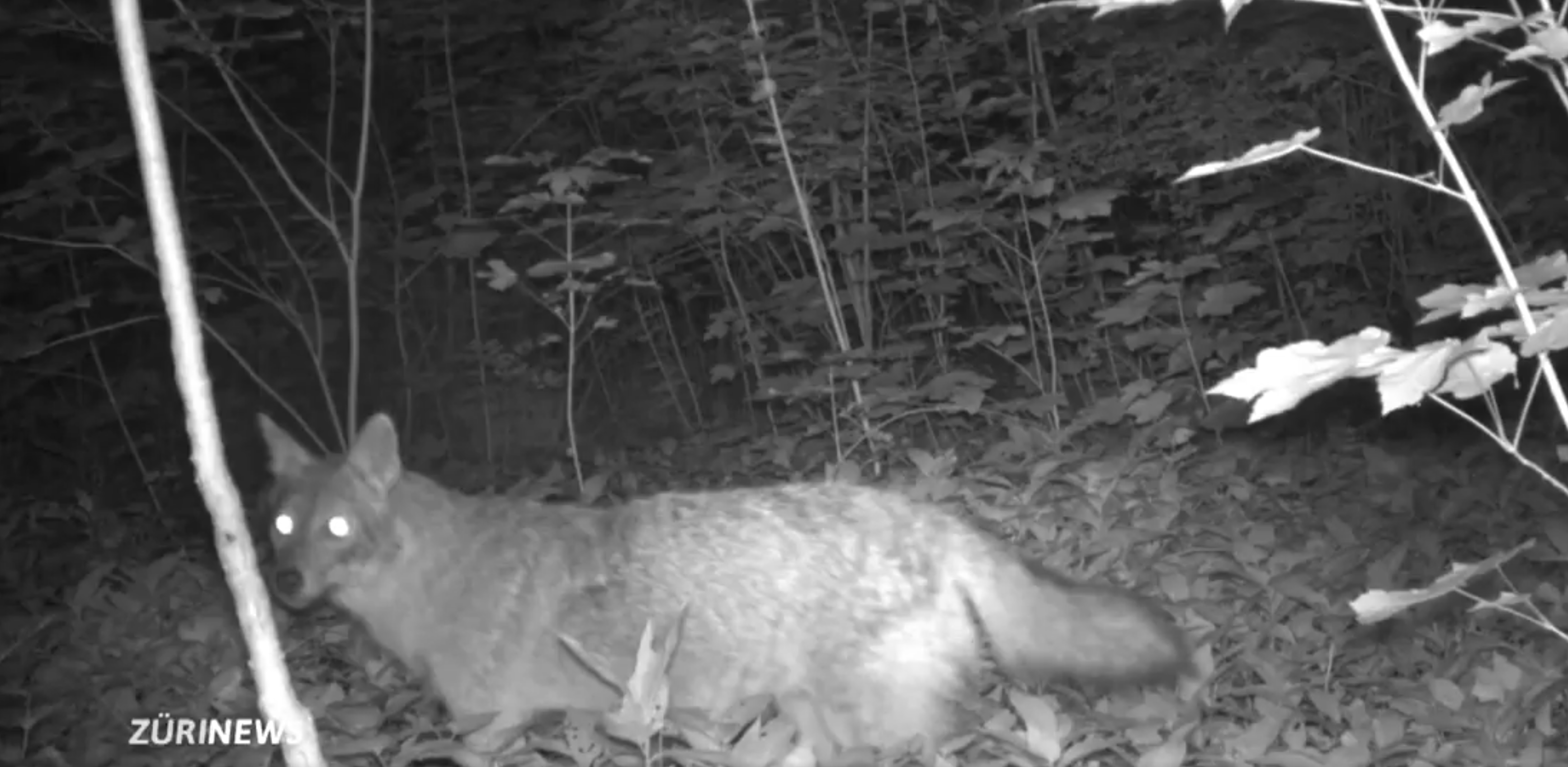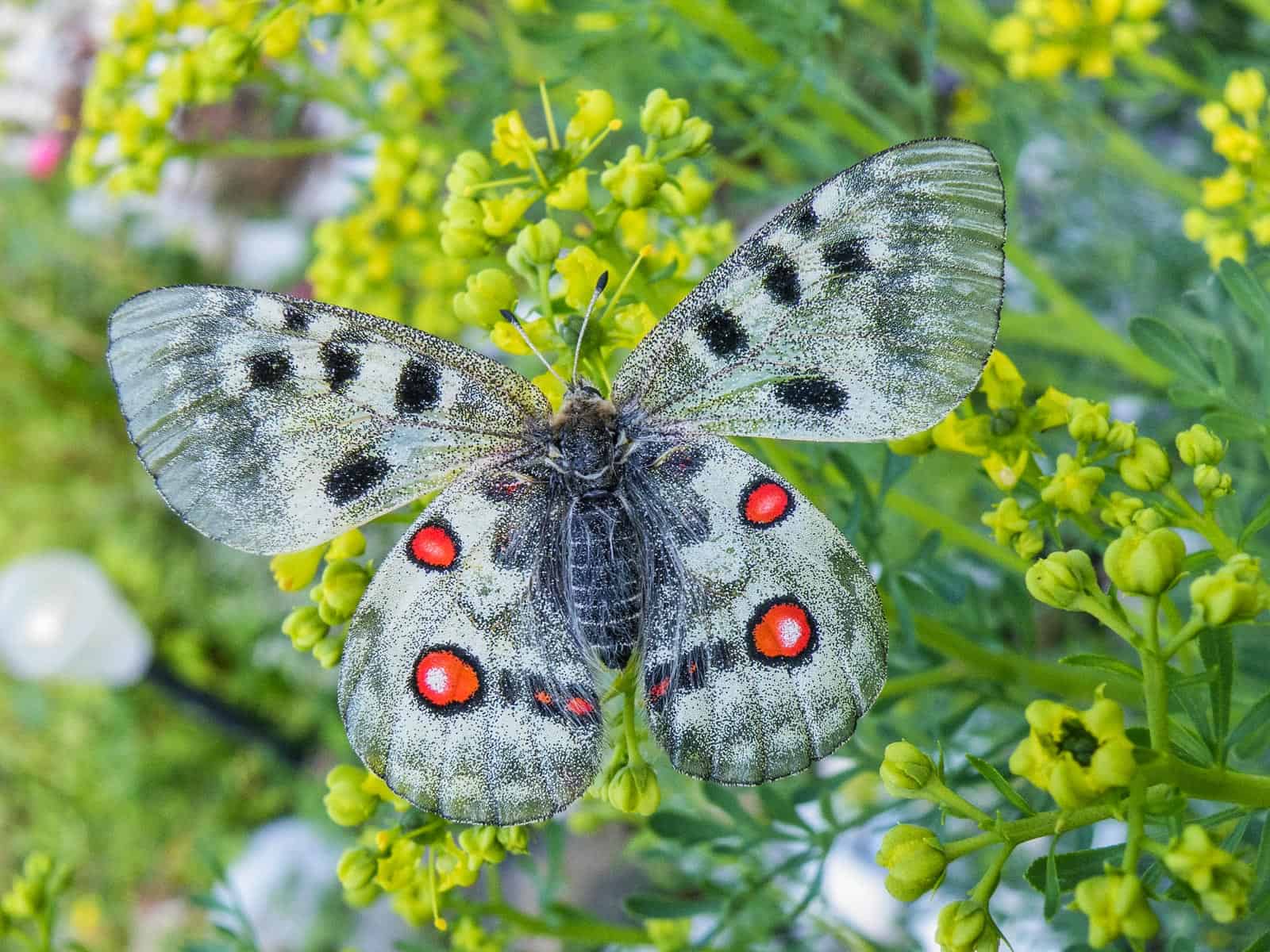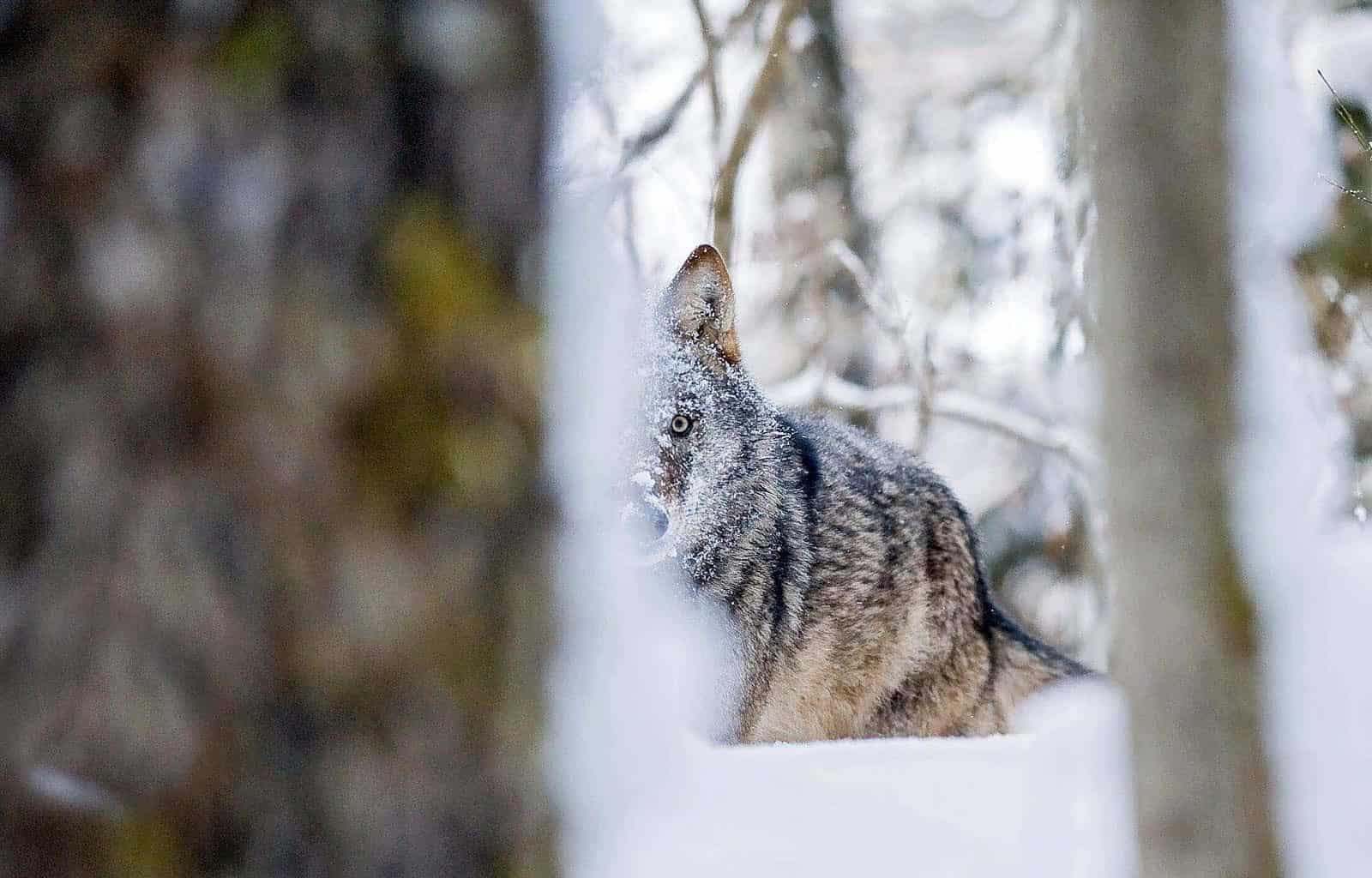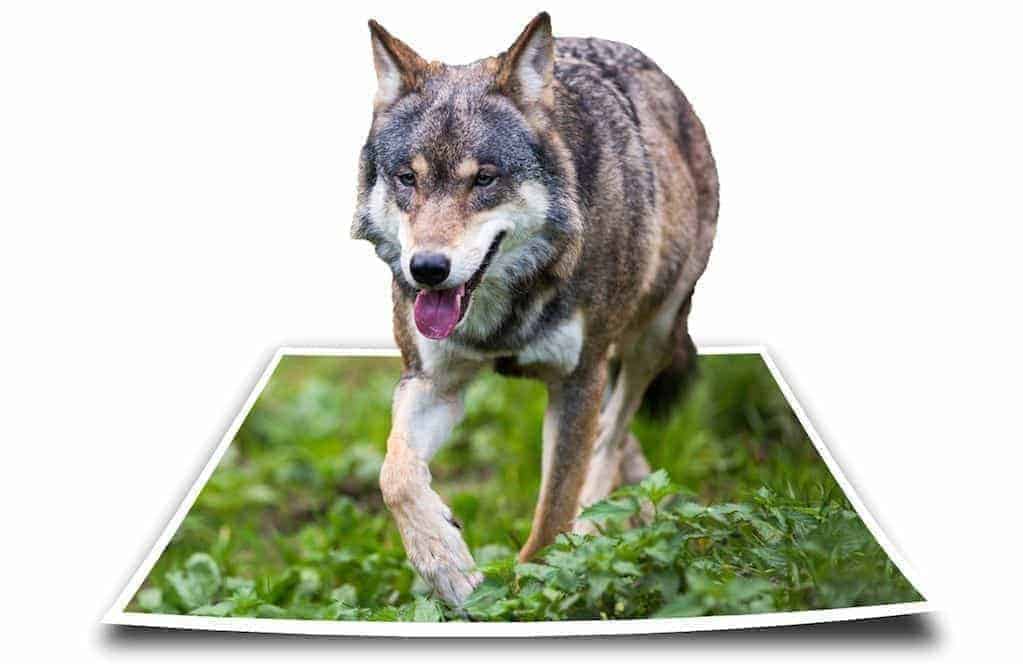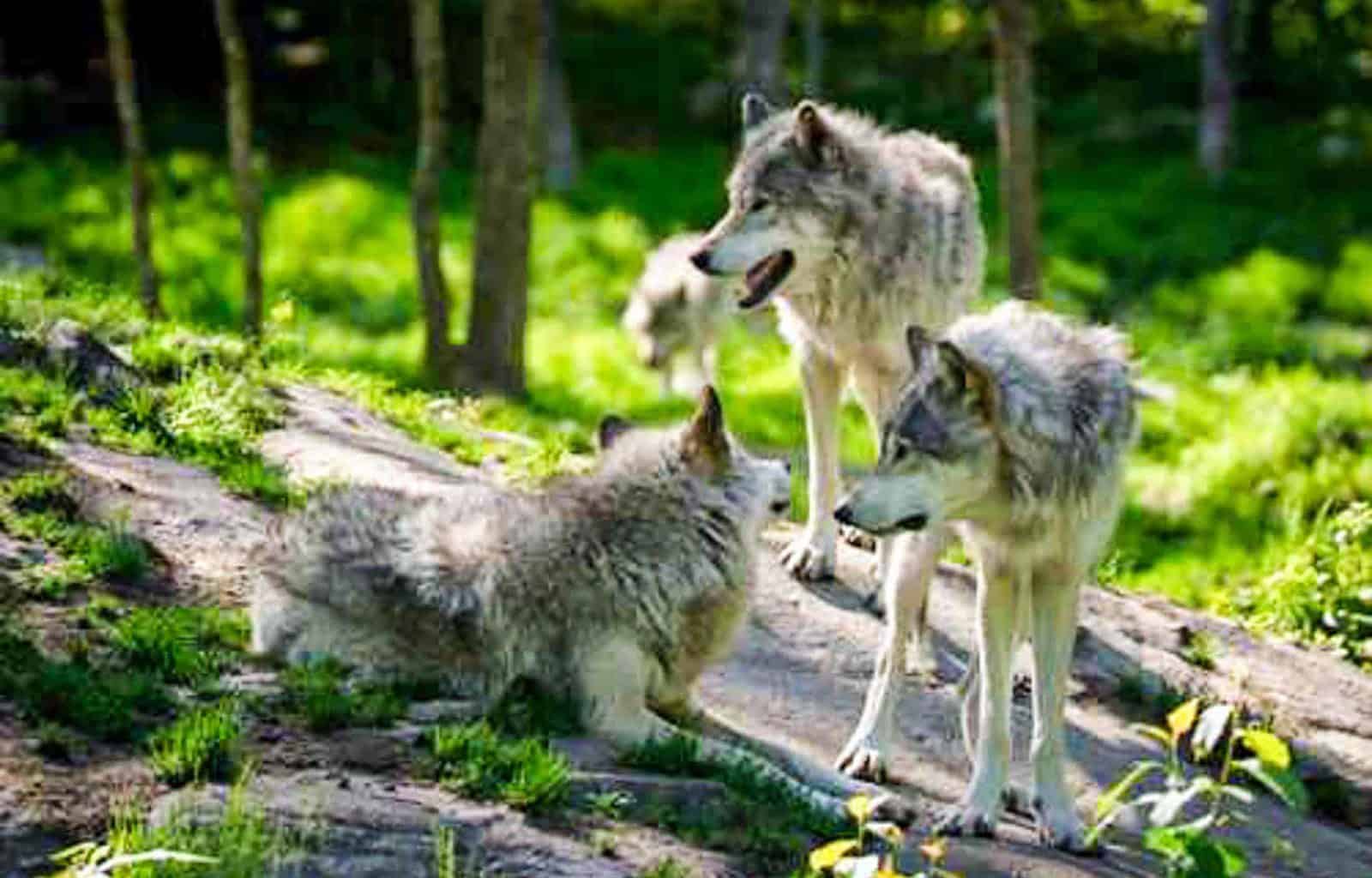Connect to nature through migratory birds
For many people, birdwatching has been the opening door to connect with nature. That’s not surprising at all, as birds can be found everywhere, no matter where you are: in cities and in the countryside, in parks and backyards, in mountains and in fields, in wetlands and along the shores. If you start observing birds, you will immediately start paying closer attention to their numerous interactions with other animals, plants, as well as the environment. Through their seasonal movements, migratory birds also regularly remind us of nature’s cycles.
During the pandemic lockdown, when our lives seem to be in stand-by, people across the world have found a source of comfort and joy from listening to and watching birds. Indeed, many research studies have found that watching birds and their behaviour can contribute to feelings of relaxation, increasing human well-being and mental health. With their signing, plumage patterns, colours, and incredible behaviours, birds invite us to learn about them and the ecosystem they inhabit.
Which are the threats to migratory birds?
Last Saturday 8th of May, we celebrated World Migratory Bird Day. Because migrating birds know no frontiers, this global campaign raises awareness of the need for international cooperation to ensure the conservation of migratory birds and their habitats globally. In recent decades, migratory bird populations have declined worldwide due to several factors. By far, habitat loss is the largest threat to birds. Deforestation, agriculture intensification, biofuel plantations and wetland drainage are just some examples of habitat destruction. Therefore, conserving and restoring the ecological connectivity and integrity of ecosystems that support the natural movement of migratory birds is essential for their survival.
Illegal killing and taking for trade is another of the biggest threats, responsible for the decimation of many bird populations. Other threats are the introduction of exotic species (particularly in islands), the collision with power lines and wind farms and the ingestion of plastic pollutants. Finally, climate change may cause the alteration in timing of migration and breeding. This fact, could lead to important ecological mismatches between the peak of food availability and the hatching of chicks. In addition, climate change causes changes in habitats, and therefore, in birds distribution.
The survival of the whooping crane; one of our favourite stories
In celebration of this year’s World Migratory Bird Day, let us share with you the incredible story of survival of the whooping crane.
When Europeans first arrived to North America, it’s estimated that whooping cranes numbered over 10 000. They wintered in the highlands of central Mexico and on the Gulf Coast of Texas and Louisiana. Their breeding grounds were many throughout the central prairies of the US and central Alberta, Canada. But destruction of wetland habitat and unrestricted hunting resulted in striking declines in the whooping crane population. In 1941, the total population reached its lowest count ever; with 15 birds from a single flock. The species seemed destined for extinction, and most people felt that they could do nothing to save them. Luckily, some were determined to try.
Wildlife organisations launched an awareness campaign, established a captive breeding program in 1966, and worked with governments to protect the flock. Gradually, as a result of these measures, the tiny flock tripled by 1970. However, the single remaining wild flock was too vulnerable. If disease or disaster struck, it could eradicate the species. After two unsuccessful attempts to establish new flocks, an innovative idea was presented. What if it were possible to teach young cranes to follow an ultralight aircraft? And so, in 1999 Operation Migration was born with the goal of teaching young captive-born whooping cranes to fly from Wisconsin to Florida. The program has proven very successful.
Although whooping cranes are still endangered today, these ancient birds have survived against all odds. With this story, we want to remark that is thanks to the imagination, dedication, and determination of many people that the whooping crane did not vanish from the skies of North America. People who devoted their lives to protect our amazing wildlife.
How can you help?
There are many simple but valuable actions you can do to help migrating birds (and birds in general):
- Preserve natural habitats and create some shrubs and trees areas in your backyard. That will provide a resting area for birds to refuel during migration.
- Use a preventive bird-window collision method at home. In local cities where office building can be a hazard to migrating birds, support “lights out” campaigns.
- Don’t feed feral cats and always keep pet cats indoors so they do not threaten birds.
- If you want to feed birds, make sure to offer natural nutritious foods such as suet, black-oil sunflower seeds, fruit, nuts, and nectar.
- Eliminate or minimise pesticide use and other toxic products.
- Support enforcement of local laws and measures to prevent poaching or illegal hunting activities.
- Share your love for birds with family and friends to help increase awareness.
Lastly, and the most important, grab your binoculars, birding guide and enjoy birdwatching!

